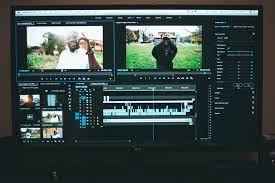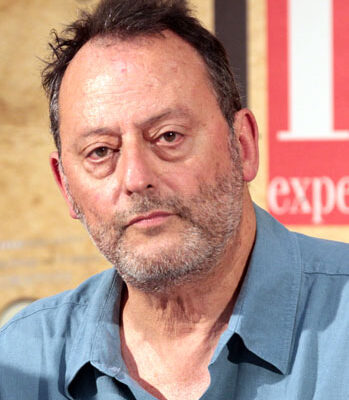Film editing is a crucial and often overlooked aspect of filmmaking that plays a pivotal role in shaping the narrative on screen. While the actors, script, and cinematography contribute significantly to a film’s success, it is the editing process that brings all these elements together to create a cohesive and engaging story.
The Art of Film Editing:
At its core, film editing is the art of selecting and arranging shots to create a seamless and impactful visual narrative. A skilled film editor is akin to a storyteller, using various techniques to manipulate time, pacing, and emotion. Every cut, transition, and juxtaposition of shots contributes to the overall storytelling experience, influencing the audience’s perception and engagement with the film.
Building Emotional Resonance:
Film editing allows for the manipulation of time, enabling editors to control the pacing of a film. The timing of cuts can build tension, create suspense, or evoke emotional responses from the audience. A well-edited sequence can enhance the impact of a crucial moment or create a rhythmic flow that keeps viewers captivated.
Establishing Continuity:
One of the primary functions of film editing is to ensure continuity in the storytelling process. Editors must maintain a sense of visual and narrative coherence, avoiding jarring cuts that disrupt the audience’s immersion. Seamless transitions and logical progressions from one shot to another contribute to the overall flow of the film.
The Invisible Art:
Good film editing often goes unnoticed, as it seamlessly integrates into the fabric of the film. The “invisible art” of editing is not about drawing attention to itself but rather serving the narrative and enhancing the viewer’s experience. It involves making choices that support the director’s vision and ensure the film’s overall cohesiveness.
Collaboration with Other Departments:
Film editing is a collaborative process that involves close coordination with various departments, including cinematography, sound design, and visual effects. Editors work hand-in-hand with directors to bring their vision to life, making creative decisions that impact the final product. Communication and understanding between the editor and other departments are crucial to achieving a harmonious and well-executed film.
Technological Advances in Film Editing:
Advancements in technology have transformed the landscape of film editing. Digital editing tools provide editors with unprecedented flexibility and control over the post-production process. Non-linear editing systems allow for easy manipulation of scenes, enabling editors to experiment with different cuts and arrangements to find the most effective storytelling approach.











